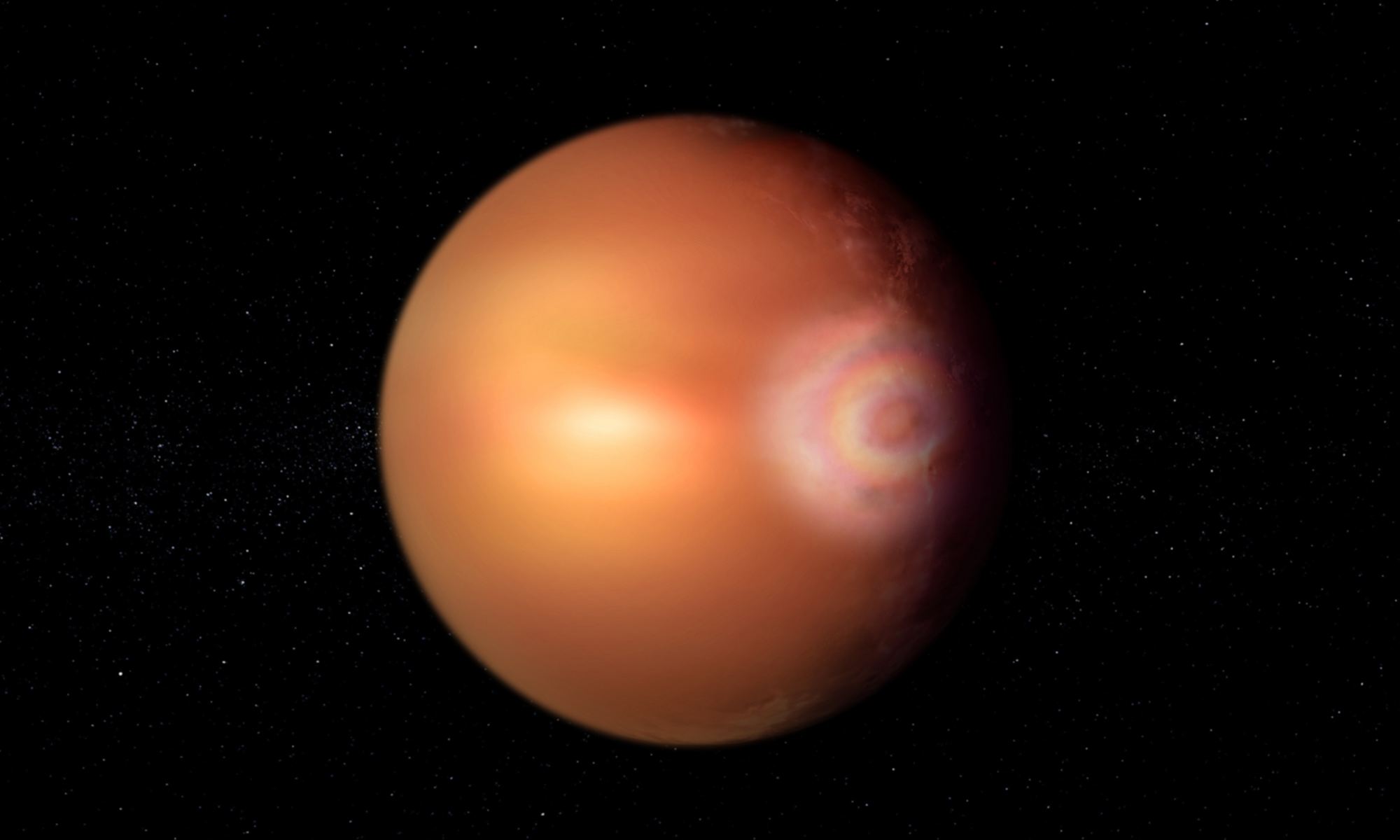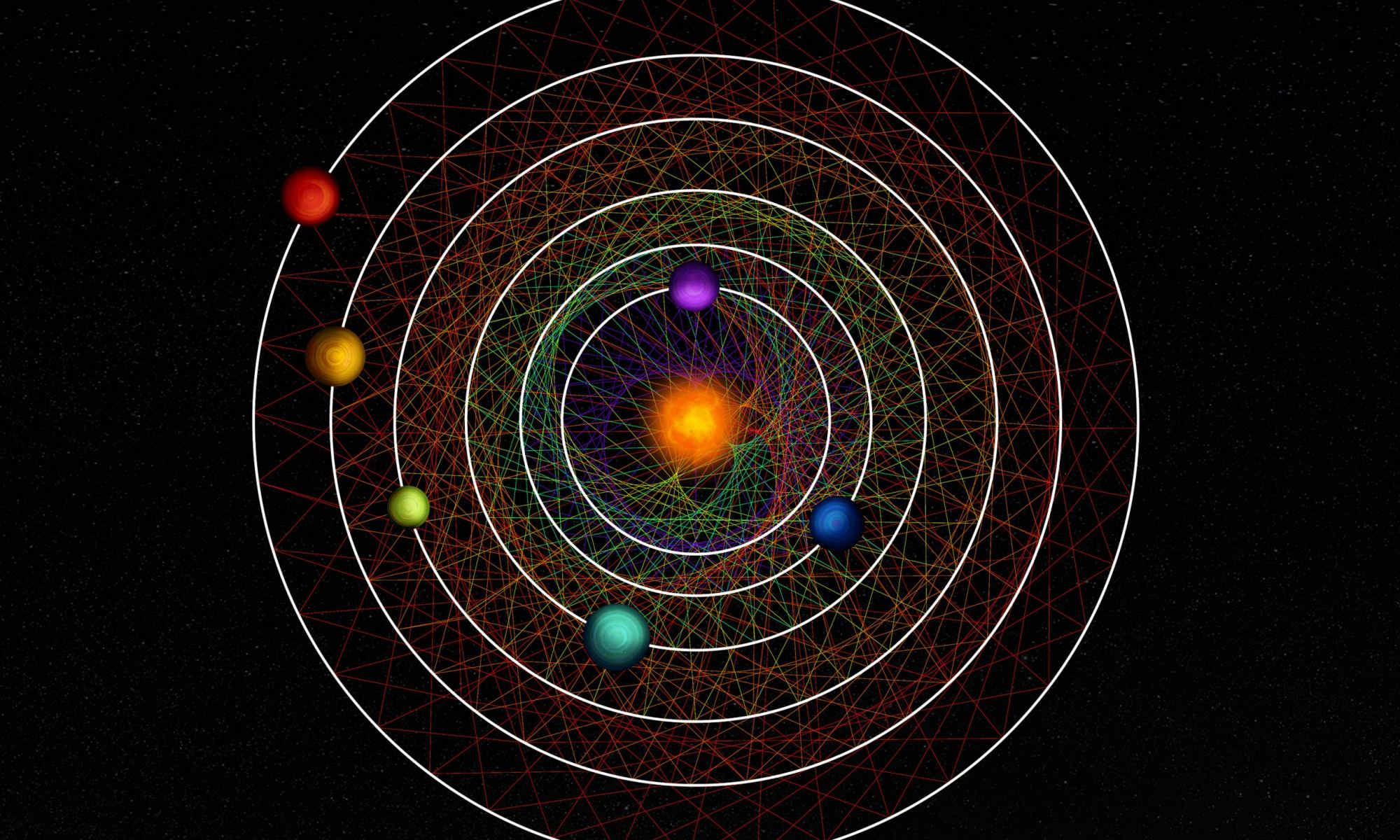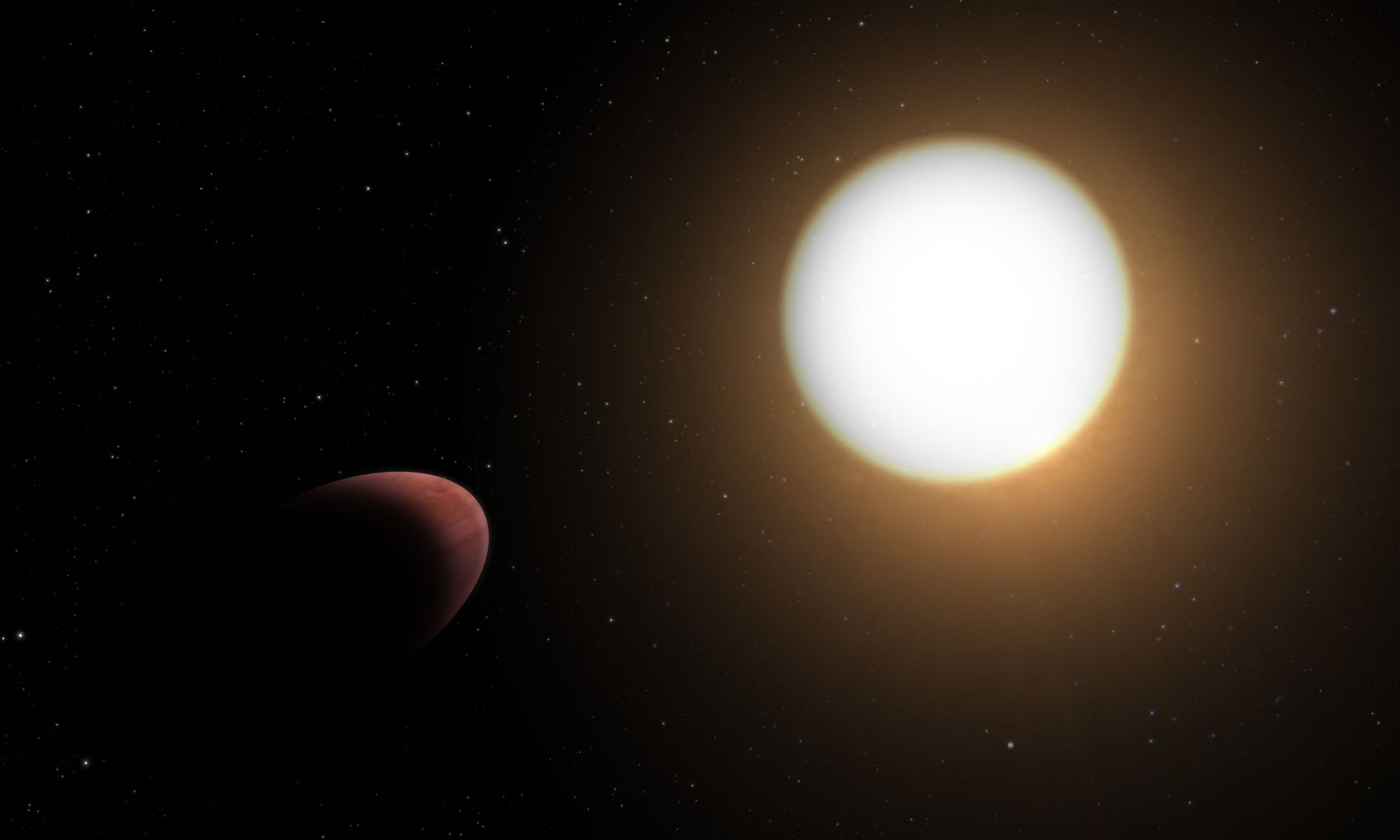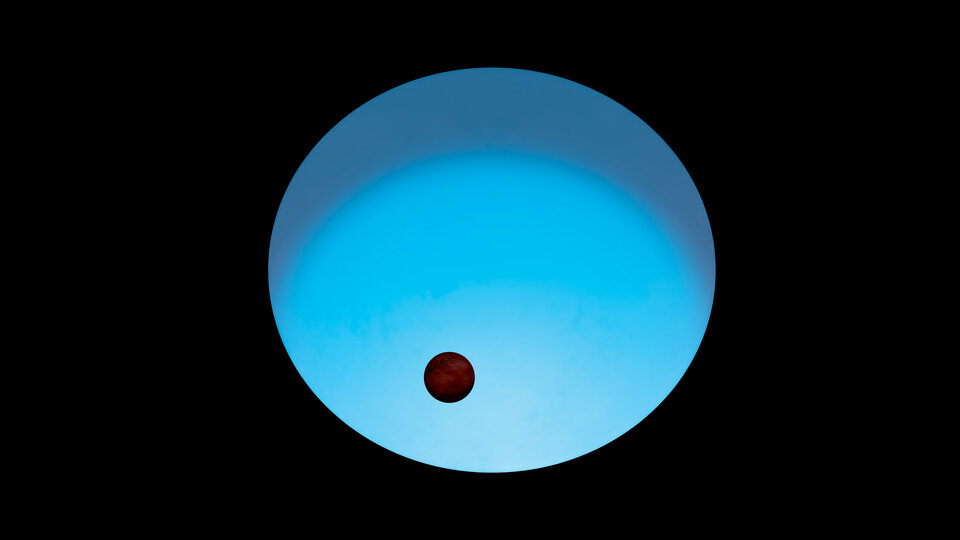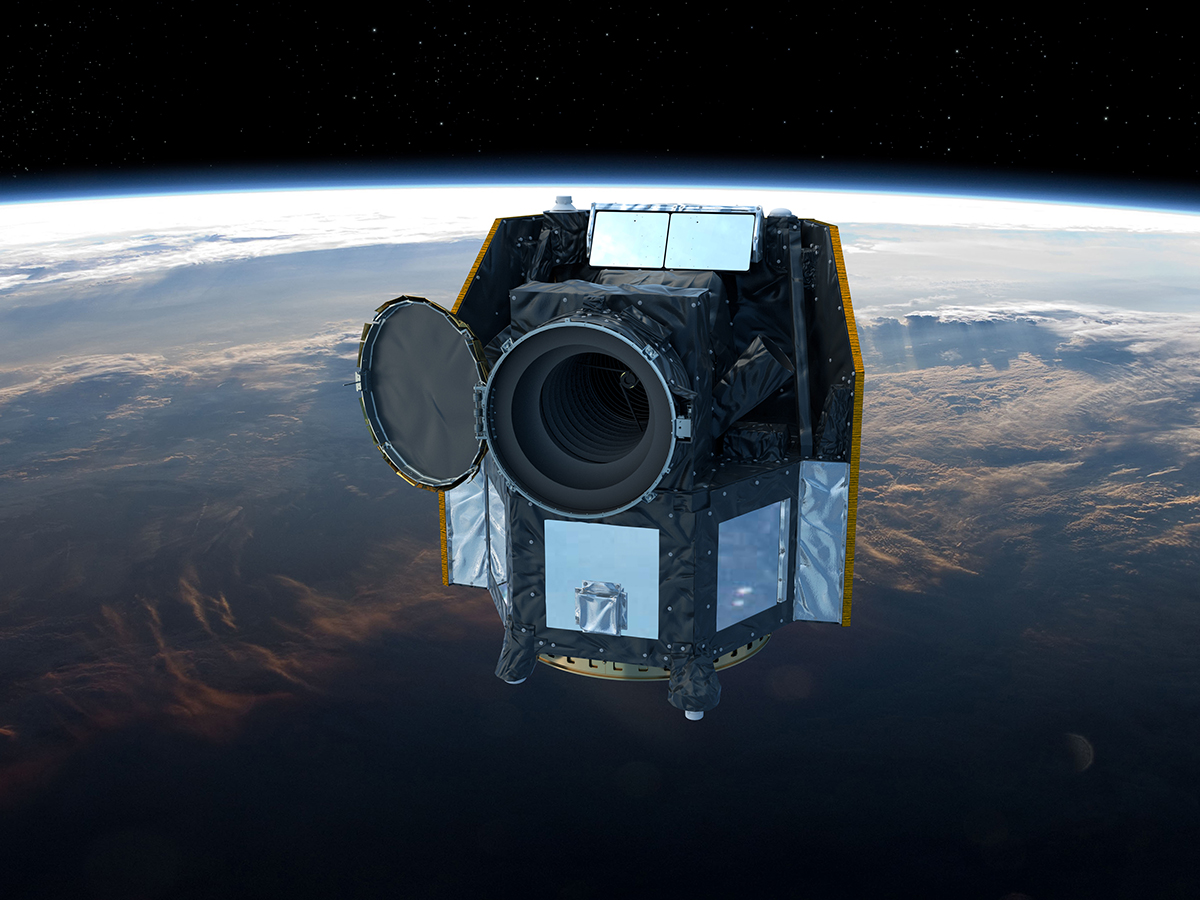When light strikes the atmosphere all sorts of interesting things can happen. Water vapor can split sunlight into a rainbow arc of colors, corpuscular rays can stream through gaps in clouds like the light from heaven, and halos and sundogs can appear due to sunlight reflecting off ice crystals. And then there is the glory effect, which can create a colorful almost saint-like halo around objects.
Continue reading “The First Atmospheric Rainbow on an Exoplanet?”A Planetary System With Six Sub-Neptunes Locked in Perfect Resonance
A team of researchers led by University of Chicago astronomer Rafael Luque analyzed data acquired by both NASA’s Transiting Exoplanet Survey Satellite (TESS) and ESA’s CHaracterising ExOPlanet Satellite (Cheops) and found a unique planetary system. Orbiting a star cataloged as HD110067, this system contains six sub-Neptune planets. Incredibly, all six planets are orbiting in direct resonance with each other. The results of the work were published on November 29 in Nature.
Continue reading “A Planetary System With Six Sub-Neptunes Locked in Perfect Resonance”Titanium Clouds Make This Exoplanet Shine Like a Mirror
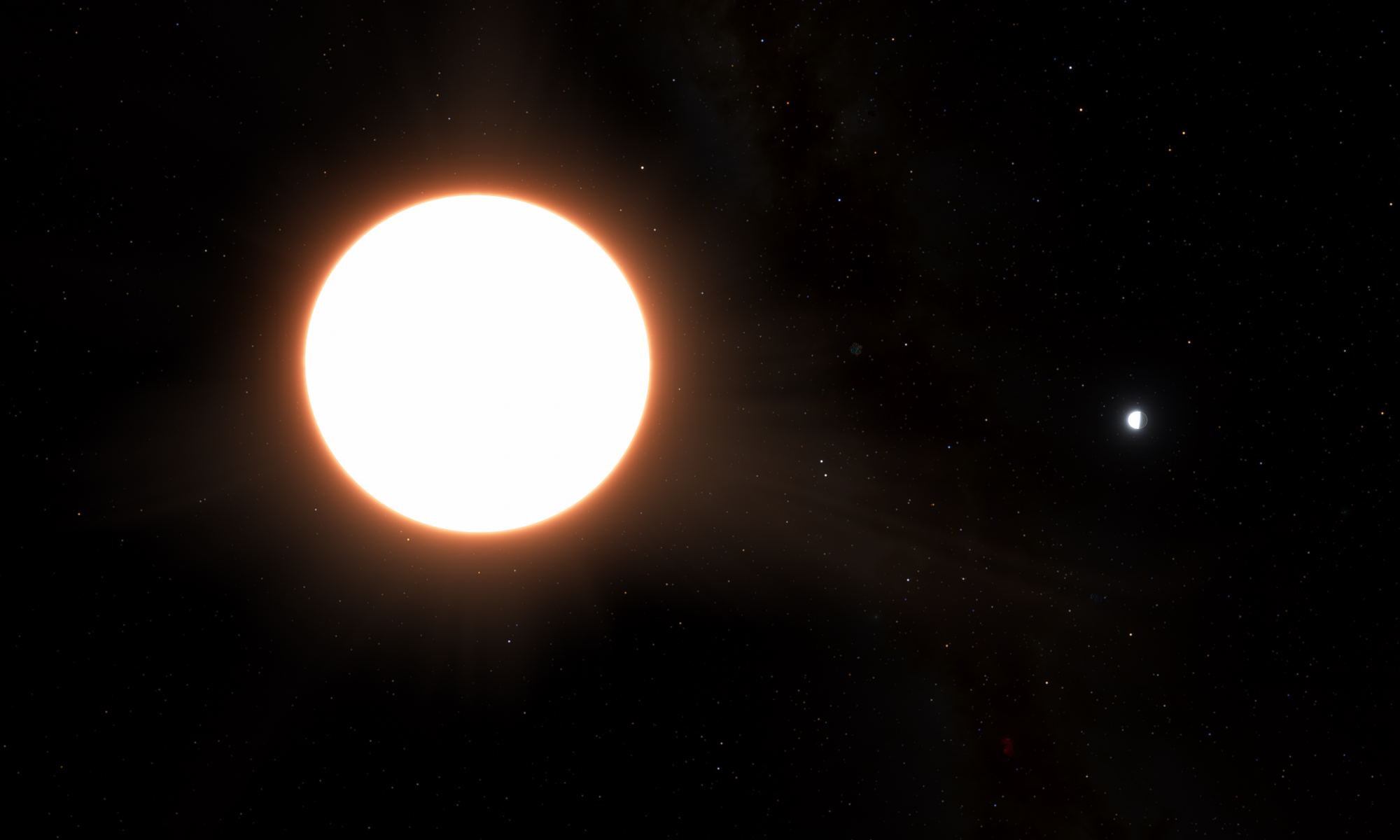
Astronomers have found a very unusual exoplanet. It’s a Neptune-sized world that orbits its star every 19 hours, and it’s the brightest exoplanet ever discovered. They are still learning about this world, which is a challenge because at first glance the planet shouldn’t exist.
Continue reading “Titanium Clouds Make This Exoplanet Shine Like a Mirror”Dwarf Planet Quaoar has a Ring
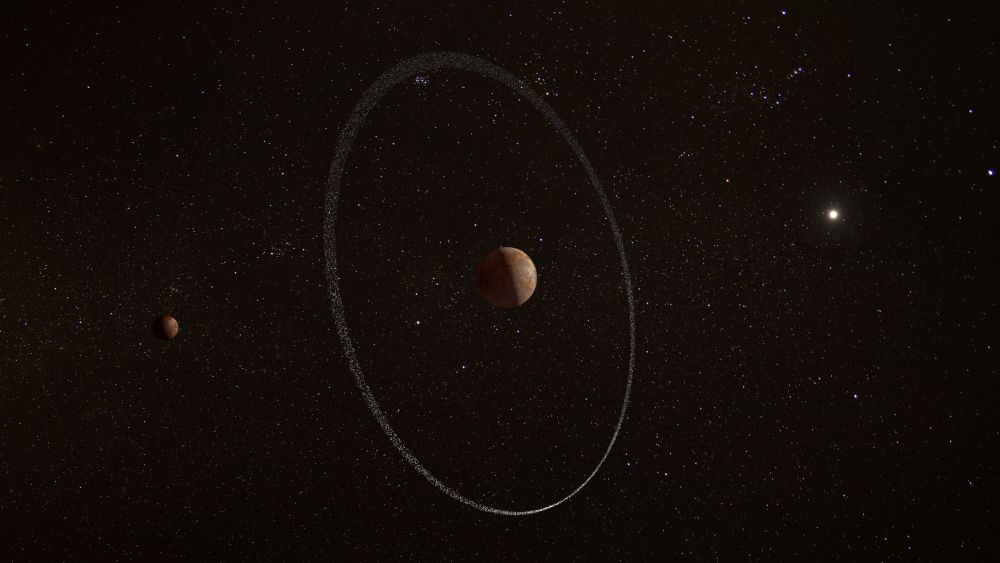
Quaoar is one of about 3,000 dwarf planets in our Solar System’s Kuiper Belt. Astronomers discovered it in 2002. It’s only half as large as Pluto, about 1,121 km (697 mi) in diameter. Quaoar has a tiny moon named Weywot, and the planet and its moon are very difficult to observe in detail.
Astronomers took advantage of an occultation to study the dwarf planet Quaoar and found that it has something unexpected: a ring where a moon should be.
Continue reading “Dwarf Planet Quaoar has a Ring”Archeologists are Planning to Scan the Great Pyramid of Giza With Cosmic Rays With Such Detail, They Should see Every Hidden Chamber Inside

The Great Pyramid of Giza might be the most iconic structure humans ever built. Ancient civilizations constructed archaeological icons that are a testament to their greatness and persistence. But in some respects, the Great Pyramid stands alone. Of the Seven Wonders of the Ancient World, only the Great Pyramid stands relatively intact.
A team of scientists will use advances in High Energy Physics (HIP) to scan the Great Pyramid of Khufu at Giza with cosmic-ray muons. They want to see deeper into the Great Pyramid than ever before and map its internal structure. The effort is called the Explore the Great Pyramid (EGP) mission.
Continue reading “Archeologists are Planning to Scan the Great Pyramid of Giza With Cosmic Rays With Such Detail, They Should see Every Hidden Chamber Inside”Extreme Tidal Forces Have Deformed an Exoplanet
Among the thousands of known exoplanets, there are some that are very odd. Take, for example, the exoplanet known as WASP-103b. It’s a large planet with a mass about 1.5 times that of Jupiter, but 103b is so close to its star it makes a complete orbit every 22 hours. At this proximity, many astronomers wonder if the world is on the edge of being ripped apart by tidal forces. But a new study shows us that something much more interesting is going on.
Continue reading “Extreme Tidal Forces Have Deformed an Exoplanet”Cheops Finds a World That’s Utterly Alien From Anything We Have in the Solar System
The ESA’s CHEOPS (Characterizing Exoplanets Satellite) mission has announced its first discovery. It’s called WASP-189 b, and it’s a blistering hot temperature of 3,200 °C (5,790 °F), hotter than some stars. They’re calling the planet an “ultra-hot Jupiter.”
Continue reading “Cheops Finds a World That’s Utterly Alien From Anything We Have in the Solar System”Astronomers Estimate There Are 6 Billion Earth-Like Planets in the Milky Way

Six billion Earth-like planets in the Milky Way? If true, that’s astounding. But the number needs some context.
The Milky Way has up 400 billion stars. So even if there are six billion Earth-like planets, they’re still spread far and wide throughout our vast galaxy.
Continue reading “Astronomers Estimate There Are 6 Billion Earth-Like Planets in the Milky Way”Here are the First Pictures from CHEOPS

The CHEOPS spacecraft is taking the first tentative steps in its mission. Back on January 29th, the spacecraft opened the cover on its lens. Now, we have the first images from CHEOPS.
Continue reading “Here are the First Pictures from CHEOPS”CHEOPS Just Opened Its Eyes to Start Studying Known Exoplanets, We Should See the First Picture in a Few Weeks
The CHEOPS (CHaracterising ExOPlanets Satellite) spacecraft just opened the cover on its telescope. The spacecraft was launched on December 18th 2019 and has so far performed flawlessly. In one or two weeks we could get our first images from the instrument.
Continue reading “CHEOPS Just Opened Its Eyes to Start Studying Known Exoplanets, We Should See the First Picture in a Few Weeks”
